The following post, How Lindale, Georgia Got Its Name, was written by Tim Reynolds. He is an immeasurable asset to the Lindale Community. He has shown us time and time again his love for the people, the community, and the history of Lindale.
How Lindale, Georgia Got Its Name
This story will tell how the small cotton mill town of Lindale, Georgia got its name. Dating back to the early 1830s, the area we know today as Lindale was an outskirt of Rome, Georgia. Area settlers began building the community with a place to work and worship.
Larkin Barnett began to build a grist mill along Silver Creek, where he would grind corn, make cornmeal, and ground flour to sell to area residents. His success in the grist mill was spreading throughout the area. Larkin’s only way into Rome (what they considered town) was by horse and buggy. Even though the Southern Railroad and the Central of Georgia Railroad passed by the area, a train couldn’t stop. The railroad had stops in Rome but nothing in what we call Lindale today.
The travel into town for Larkin took most of the day. His mail and goods were picked up weekly in Rome, and with business growing steadily, something had to be done to get mail near the grist mill. Before this, in 1830, the Silver Creek Presbyterian Church was built as a place area residents could worship. Originally built as a primitive Baptist church, and then changing to Presbyterian on August 31st, 1875. Larkin’s wife was a Baptist, and he owned the land and had the church built for her to worship. At that time, the church had fourteen charter members. The residents had all they needed: a grist mill to buy flour and cornmeal, farmland, and a place on Sunday to worship God. Now, they needed a way to name the town so that the railroad could bring in goods and the Postal Service could deliver their mail instead of saddling up the horse and riding into Rome to pick up their mail and goods.
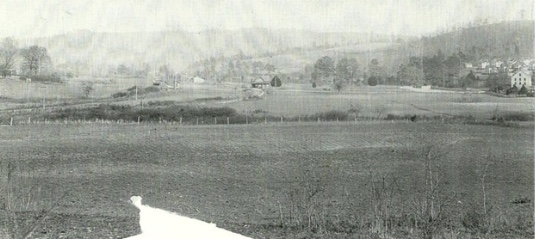
Larkin Barnett was a Presbyterian Scotsman born in 1802, then came here in the mid-1820s and came to own vast property, probably receiving some through the Cherokee Indian Land Lottery. So Larkin still began about his work and business in the area, hoping one day the region would receive a name and the railroad could stop. The railroad required the site to have a name so the United States Postal Service could deliver the mail in the area.
An area resident named George S. Black, who worked for the railroad and later for the cotton mill, desired mail and train service. He read a lot of novels during his spare time, and while reading a book called “Wherein,” there was a town in the book called Lindale. George read that the town was peaceful, booming in industry, and quaint. So in 1833, he dubbed this settlement “Lindale.” The area residents could now have what they had been praying for during their Sunday morning worship, which was rail service.
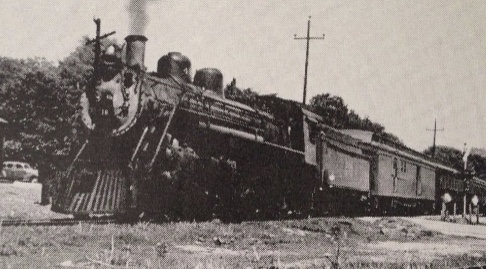
Since being named Lindale, the town has seen vast growth with the beginning of a textile giant, the Massachusetts Cotton Mill, in 1896, which had grown into a 26-acre textile mill by the late 1920s. The Pepperell Manufacturing Company took over the mill in 1926, where it continued to grow. Lindale had become precisely what George S. Black had read in that book. The mill built up a town that Larkin Barnett prayed so desperately would happen to that area. Since then, the family has passed on, but they planted the seed for Lindale.
Lindale was, in the beginning, nothing more than a grist mill operating off the flow of the Silver Creek and a church to worship, then a few houses off in the distance.
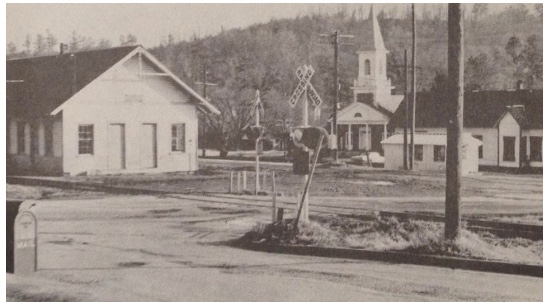
Sadly we lived through Lindale’s RISE and witnessed its FALL.
The closing of the cotton mill in 2001, then the demolition of the mill in late 2005, was a devastating blow to a business and community that employed over 3,500 employees in 107 years of operation.
Since the closing, Lindale has gained some new life. The Floyd County School System built a new Pepperell High Facility in 2005-06 for 25 million dollars. Some local businesses have since begun, such the Dragon Wash, Pizza Hut, and Restoration Lindale, Inc. This nonprofit corporation seeks to Restore, Revitalize, and reclaim what was lost and forgotten for Lindale.
History and Photos Here Provided by Tim Reynolds
For more history on Lindale, Georgia check out Tim Reynold’s article The Restoration Of Lindale Cemetery.
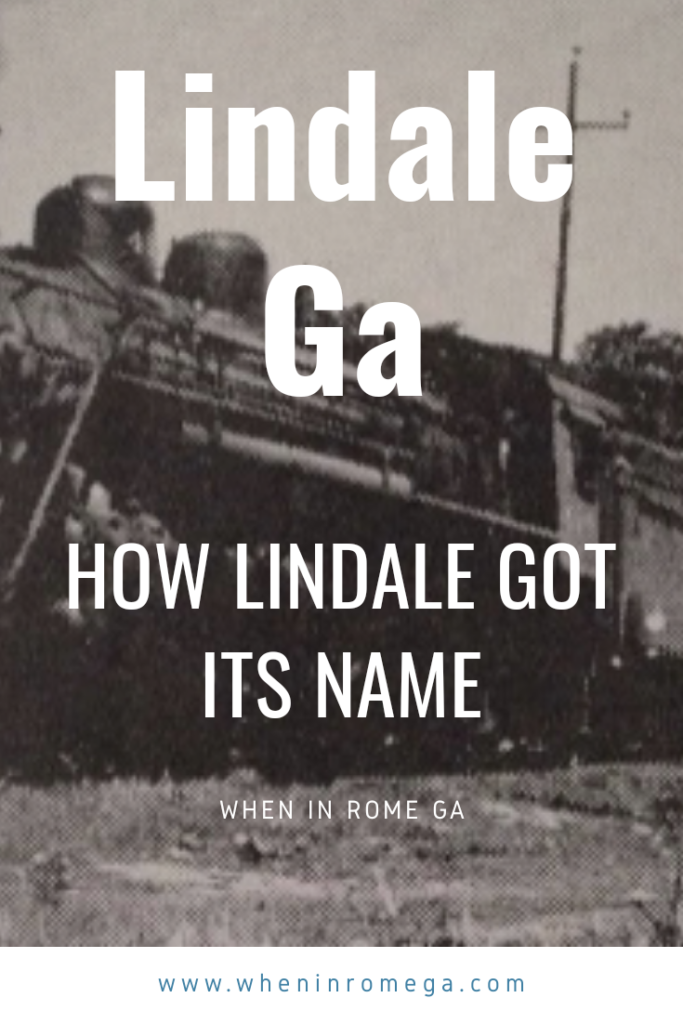



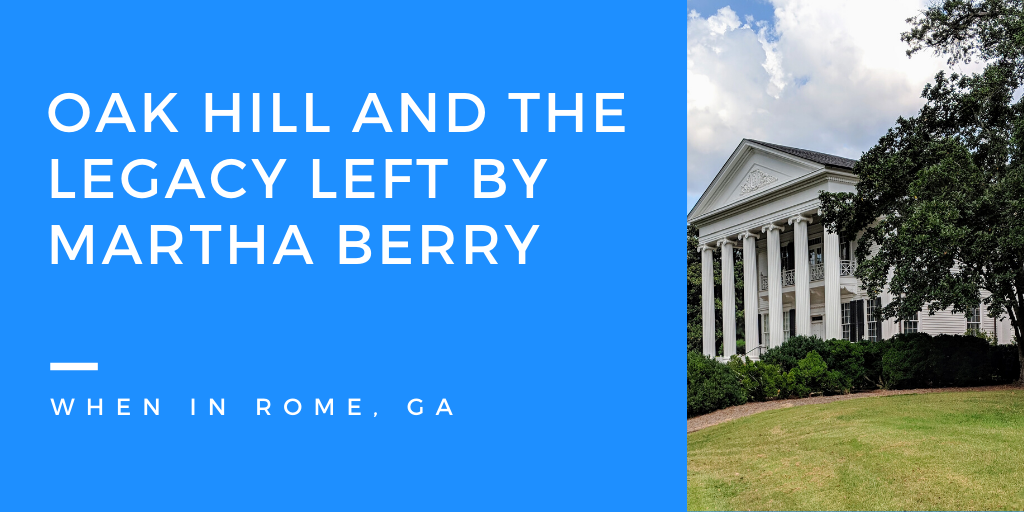

Love Lindale! great place to raise a family.
I love my hometown. I hardly went to Rome. We had places to shop or things to do in Lindale. I did go to Rome to see a movie. Or my parents took me to shop or eat at the Krystal. I miss the mill. Really miss all the old shops. Love Lindale.
I was born and raised in Lindale. I graduated from Pepperell in 1978. My grandparents retired from the mill and at one point my parents worked there too. I miss the simpler times. I’m very proud to call myself a “Lindale Girl”.
Thanks for sharing this interesting story. Although I wasn’t born into this quaint little community, I became a ‘transplant’ when our family moved from Rome to Lindale in 1970 when I was 13. My grandparents had lived in Ljndale my whole life, so I wasn’t a stranger to this little town. Many happy memories from Pepperell High School, Class of 1975!
Thank you so much Tim!
Thanks Tim Reynolds! Never knew this. Awesome pictures with great info. I grew up in Boyd Valley, just to the east of Lindale. We would ride our bicycles to Lindale as kids. Even walk to get there a few times. So many friends I grew up with lived in Lindale. The things we take for granted seem to disappear in this world. Thankful for Lindale in my life.
My family has lived here since 1852. My grandpa helped build the mill. And I had a great grandpa who worked in the mill around 1910 and his daughter worked there too. She was 11 years old she got a traveler stuck in her foot and she got it out with a splinter That caused her to get black blood porsion. There was an older German dr. that treaded her for it. She had big black spots on her skin that would root and fall out from it. She passed away but she had long golden blonde Hair. When she died her mom braided her hair an cut it and saved her hair as to remember her by. They are buried at cemetery mountain in Lindale. Their names are Joe Young. I had a lot of family who worked there in the mill. It is so sad to see the mill gone. Because we had so many proud people who worked there. Now most of the people in Lindale have no jobs. And the house are going down. I wish they would build another work place there for people to work at. The people really need the jobs
Anyone remember a Bazzie Henderson from the 1940’s; used to work in the cotton mill too.
as earlier, if anyone knows anything or anyone who knew Bazzie Henderson (from Lindale) please let me know. From around 1944 to 1945 period of time. (She was my grandmother and not much is known about that period.)
This article caught my eye because I am a descendant of both Larkin Barnett and George Seaborn Black.
This is how my family ended up in Lindale. My dad worked for Central of Georgia and Southern Georgia Railroads when he transferred to the Southern Georgia Railroad Depot in Rome back in 1964. He was a Signal Maintainer!
That’s fascinating. Now you are one of the most recognizable names in Lindale!
My dad’s family sold their farm in Alabama and moved to Lindale to work in the mill in the early 1960s.